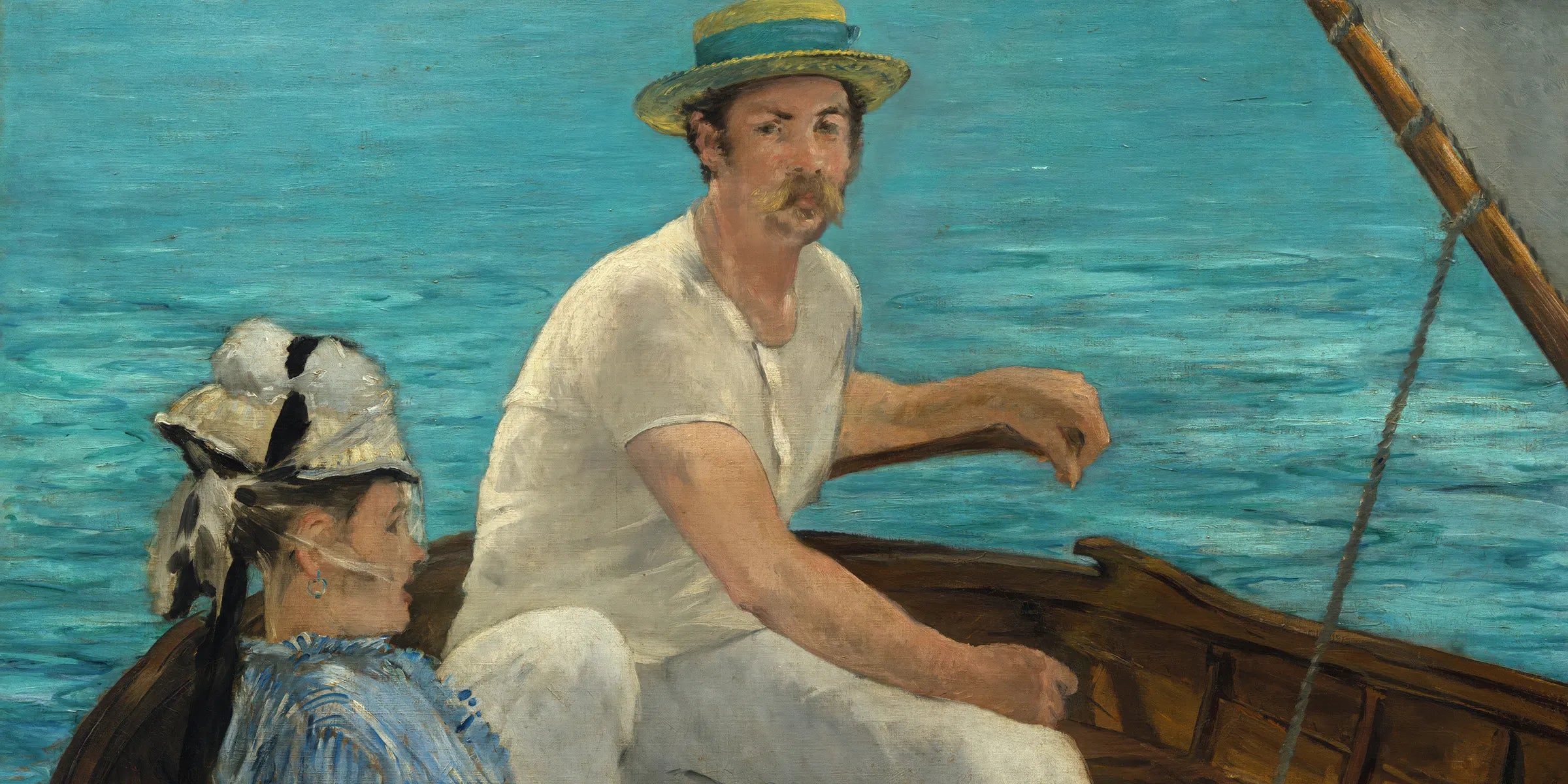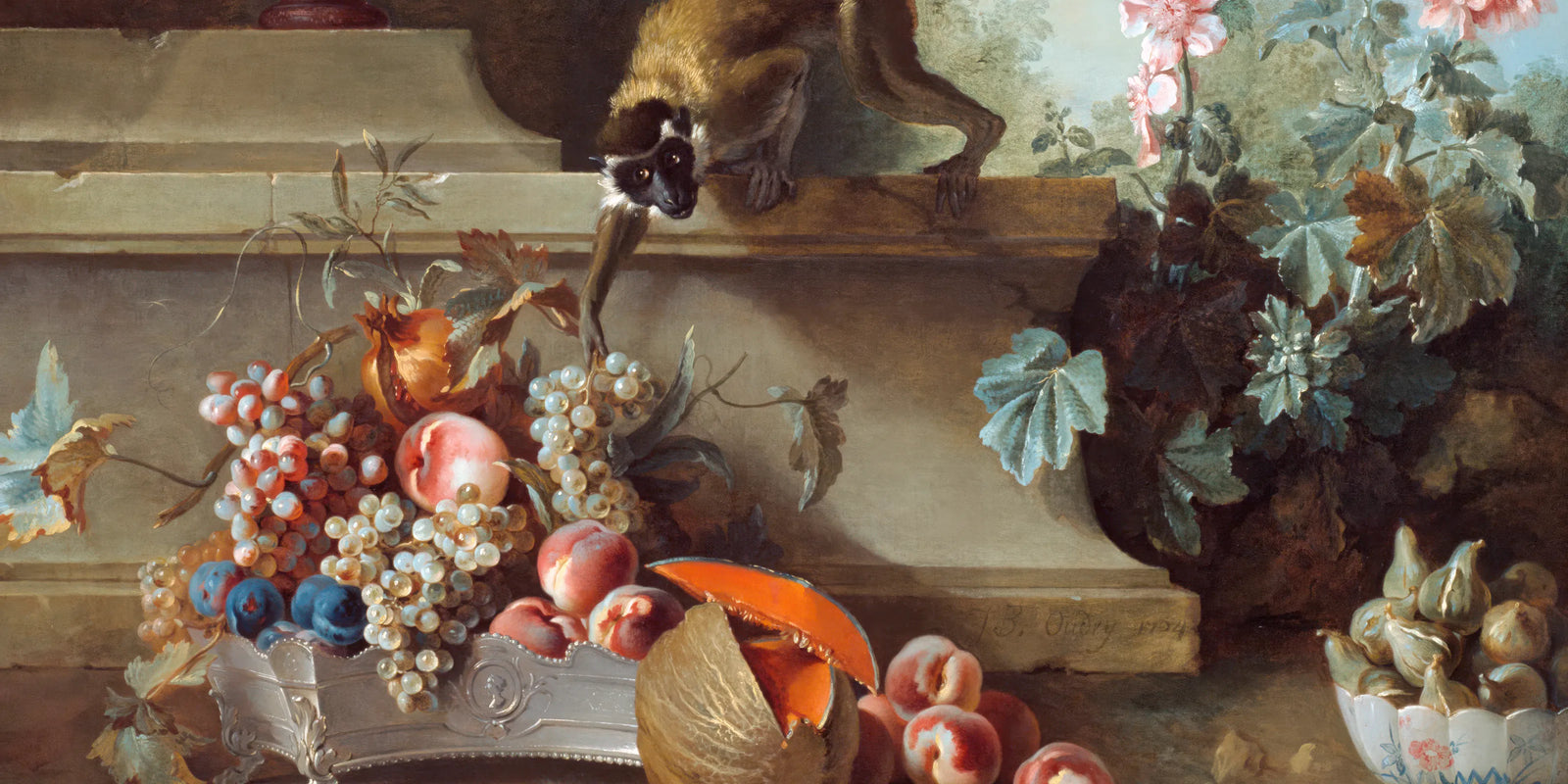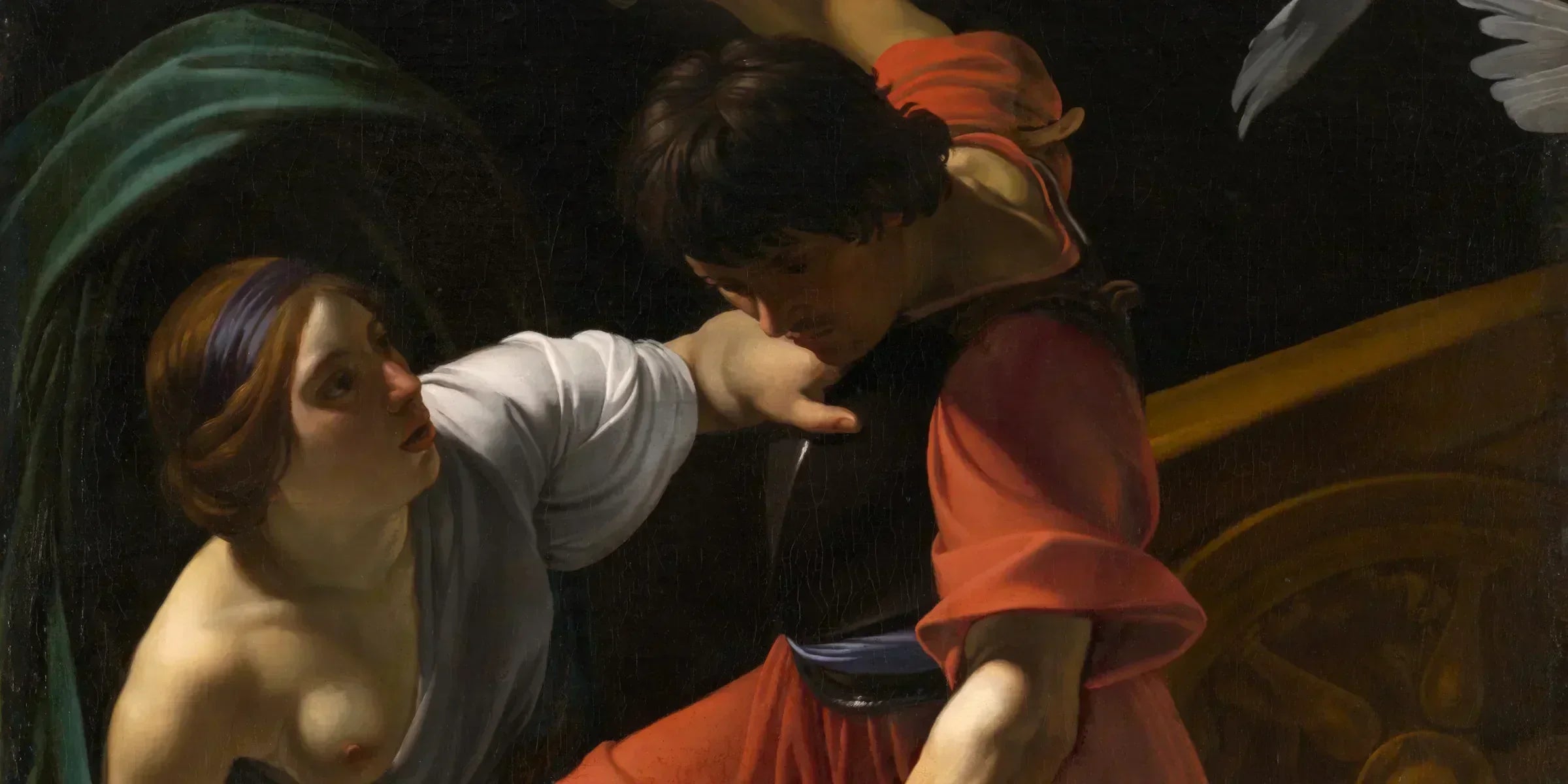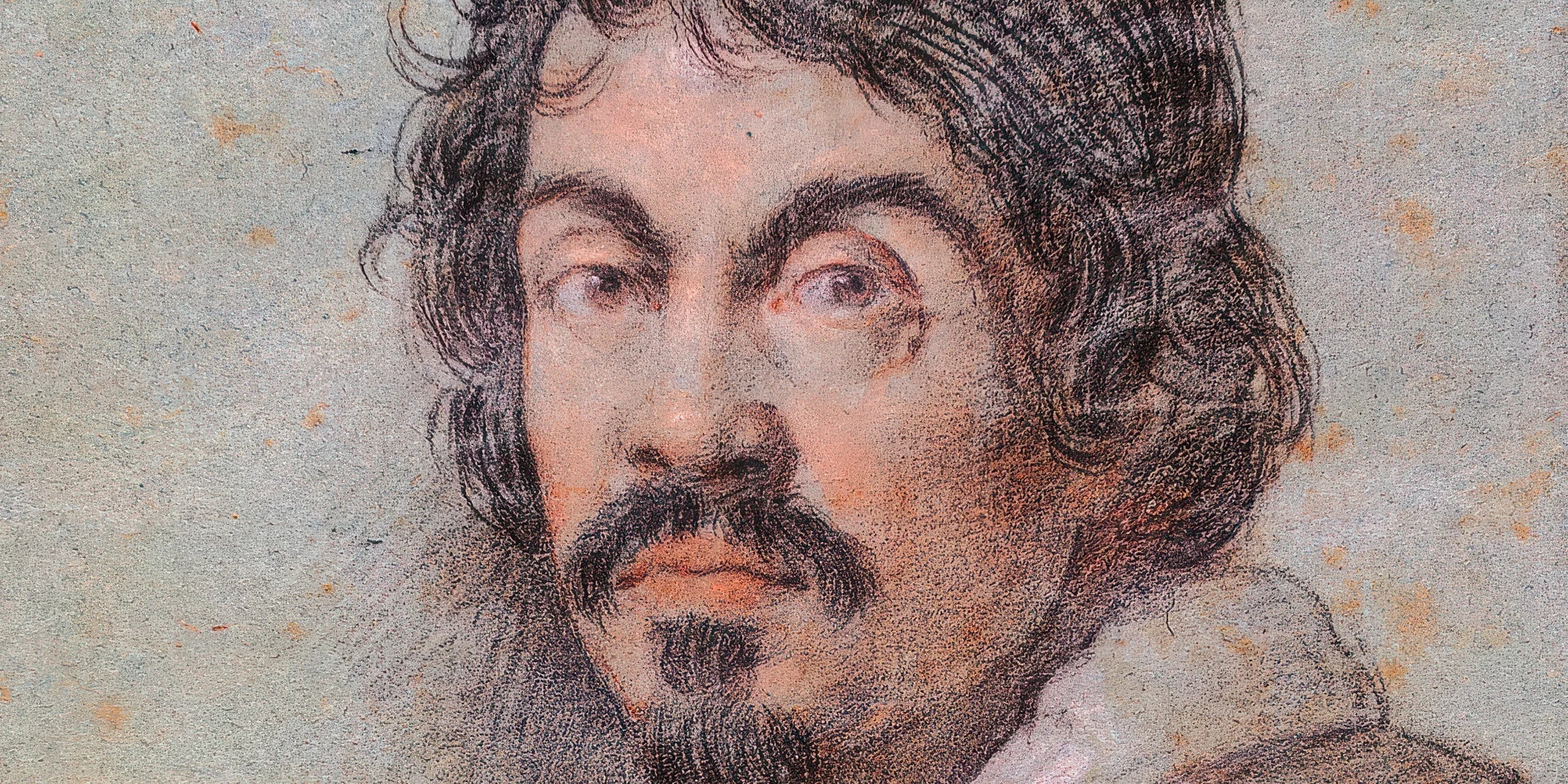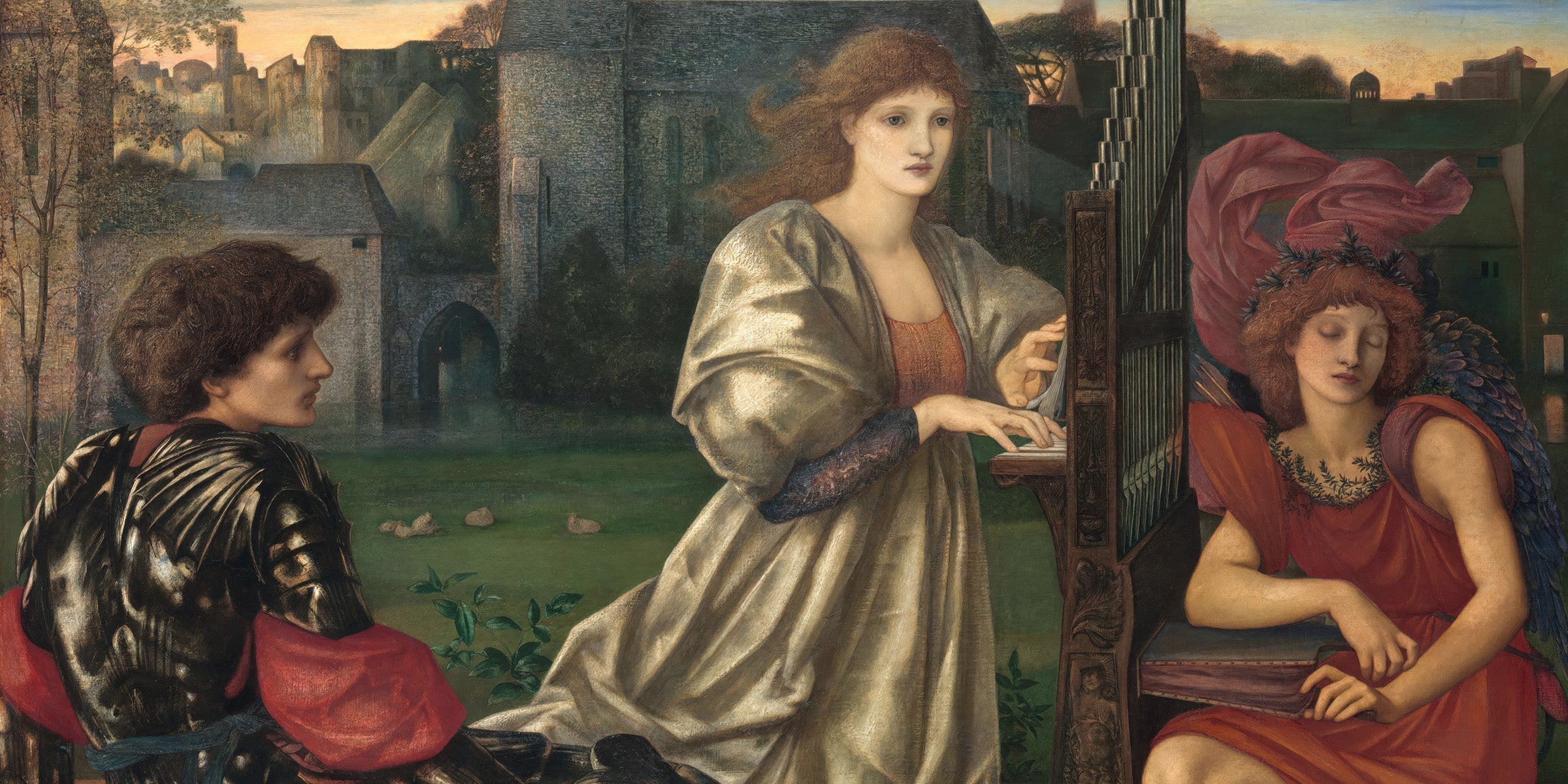Few artists embody the ideals of the High Renaissance as perfectly as Raphael Sanzio. Known for his grace, harmony, and flawless compositions, Raphael (1483–1520) mastered the techniques of chiaroscuro, sfumato, and perspective to create some of the most admired works in Western art. Unlike his contemporaries Michelangelo and Leonardo da Vinci, who pushed artistic boundaries through dramatic intensity or mysterious expression, Raphael perfected a balance that made his paintings feel effortlessly beautiful. From his serene Madonnas to the intellectual grandeur of The School of Athens, his legacy remains unmatched.
A Background in Genius
Born in Urbino, Italy, Raphael was exposed to art at an early age through his father, Giovanni Santi, a respected court painter. After his father’s passing, he trained under Pietro Perugino, whose clarity and symmetry influenced Raphael’s early works. However, it was in Florence, surrounded by the works of Leonardo and Michelangelo, that Raphael’s artistic identity truly flourished.
Later, he moved to Rome, where Pope Julius II commissioned him to decorate the Vatican’s Stanze di Raffaello (Raphael Rooms). Here, he painted his masterpiece The School of Athens (1509–1511), which perfectly symbolizes the Renaissance’s blend of classical wisdom and artistic innovation.
Mastering, Not Inventing, Artistic Techniques
Raphael didn’t invent the revolutionary techniques of the Renaissance, but he refined and perfected them, merging them into a seamless, naturalistic style.
-
Chiaroscuro (Light and Shadow Contrast): Originally developed by artists like Giotto and later refined by Leonardo da Vinci, this technique uses light and dark to create a three-dimensional effect. Raphael applied it delicately, ensuring that his figures had both volume and softness without dramatic contrasts.
 Raphael's self portrait with a friend is a fine example of his use of chiaroscuro
Raphael's self portrait with a friend is a fine example of his use of chiaroscuro
-
Sfumato (Soft Color Transitions): Leonardo’s famous technique, which creates smooth, almost smoky transitions between colors and tones, influenced Raphael’s approach to flesh tones and atmospheric depth, particularly in his Saint Catherine of Alexandria painting.
 Saint Catherine of Alexandria painting detailing Raphael's Sfumato mastery
Saint Catherine of Alexandria painting detailing Raphael's Sfumato mastery
-
Linear Perspective: First formally explored by Brunelleschi and Alberti, and later applied by Masaccio, perspective was a game-changer in Renaissance art. Raphael took it to new heights in The School of Athens, where architecture, depth, and figure placement create a scene that feels as grand as a real-life temple of knowledge.
 Madonna and Child Enthroned with Saints with Raphael's subtle but accurate use of linear perspective
Madonna and Child Enthroned with Saints with Raphael's subtle but accurate use of linear perspective
Raphael’s Unique Contribution
Rather than being a radical innovator like Michelangelo or Leonardo, Raphael was a harmonizer. He took the best of their techniques and blended them into something uniquely elegant and universally appealing. His compositions are mathematically precise yet emotionally warm, making them timeless icons of beauty.
Fascinating Facts About Raphael
- He was Michelangelo’s Rival – But Admired Him in Secret. While Michelangelo saw Raphael as a threat, Raphael secretly studied Michelangelo’s techniques, even incorporating muscular figures inspired by him.
- He Painted Divine Beauty with a Hidden Twist. In The Three Graces, Raphael depicted the classical goddesses of charm, beauty, and joy—but with a possible secret. Some art historians speculate that he based their faces on a real woman, potentially his lover or muse. A Renaissance-era Easter egg, if you will.
- He Died Young but Left an Immortal Legacy. Raphael passed away at just 37, possibly from fever or overwork, yet he left behind a staggering number of masterpieces that continue to define Renaissance art.
Conclusion
Raphael’s work represents the perfect balance between technical mastery and idealized beauty. His ability to bring harmony to complex compositions made him a favorite of popes, nobles, and art lovers across generations. If you want to bring a touch of Renaissance elegance into your space, explore our collection of high-quality Raphael reproductions—timeless art, beautifully preserved for your home.



